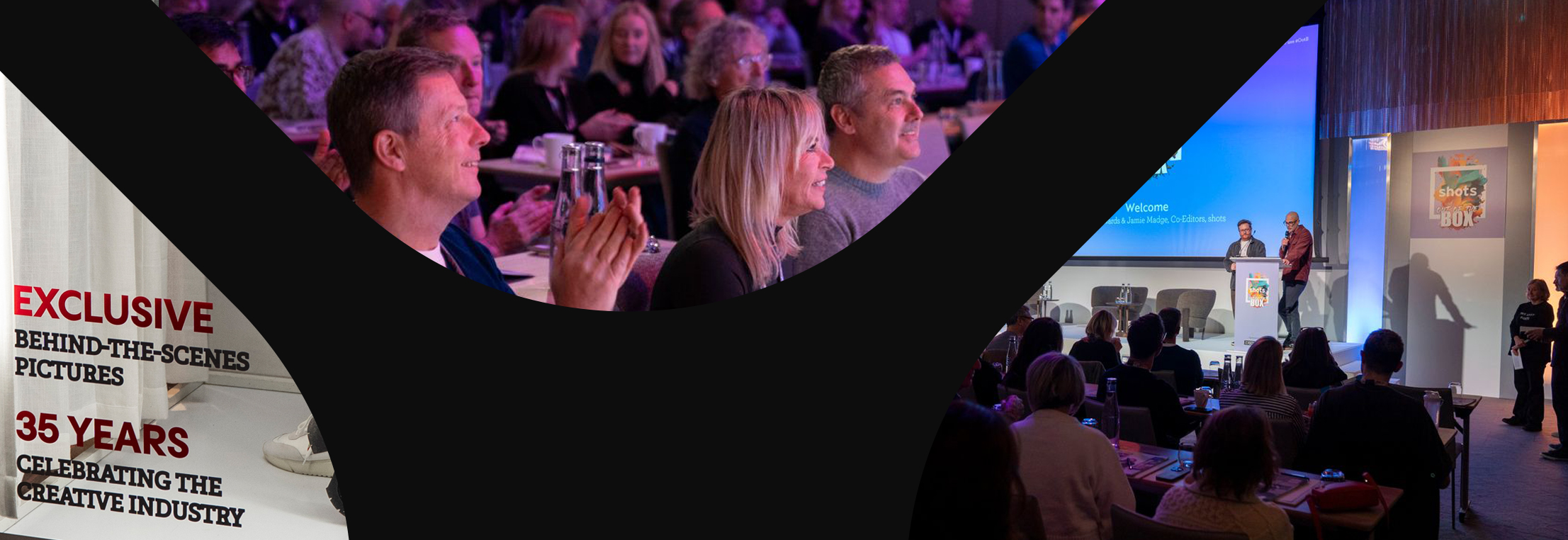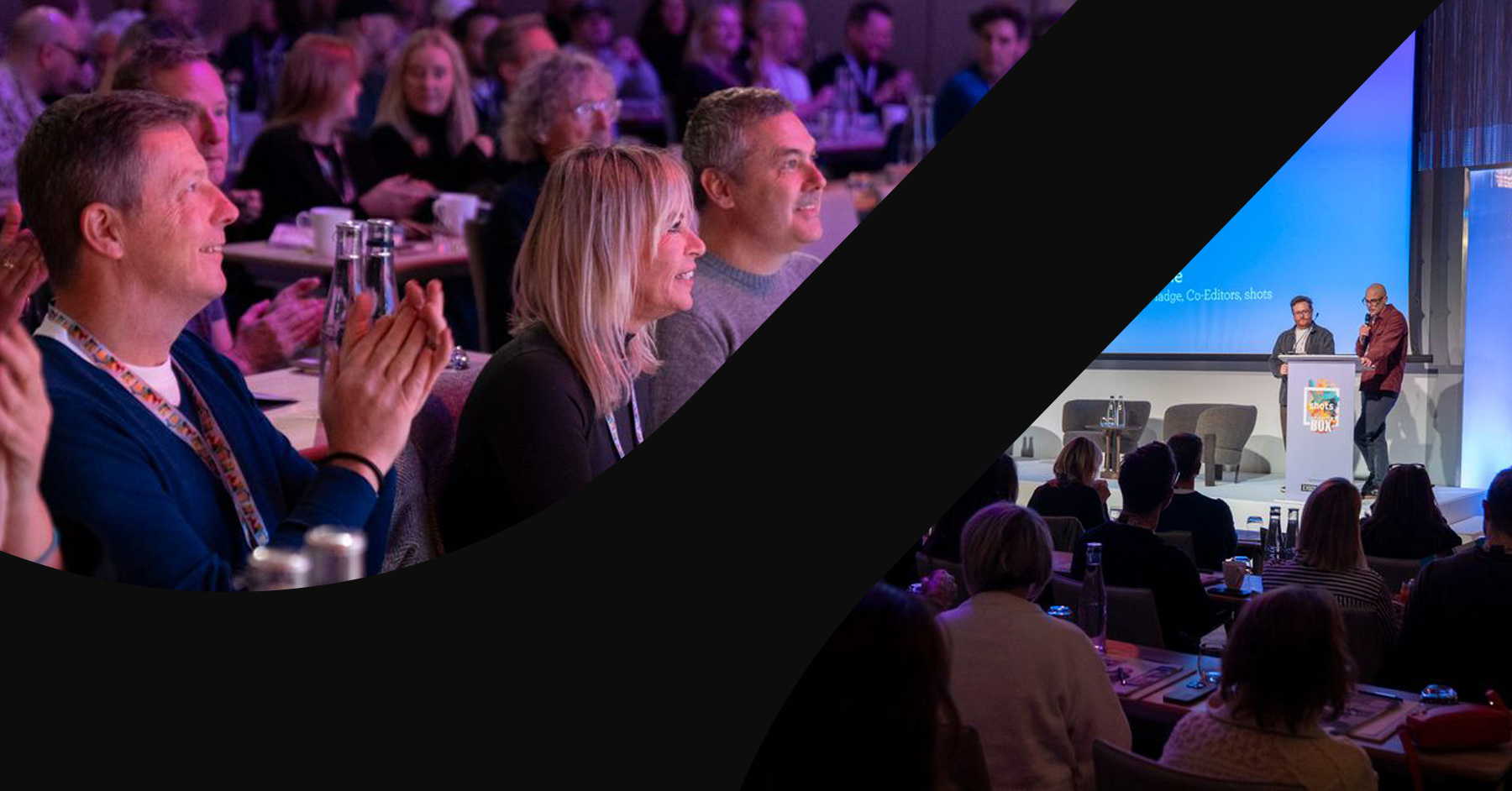Marketers Move the Dial on Inclusive Advertising
According to Nielsen data, only 1% of primetime TV ads represent people with disabilities, despite the fact that these individuals make up 15% of the world’s population. We look at how marketers are addressing this important issue with new campaigns committed to long-term inclusivity. In addition, here are a few insights that can help illuminate the path toward authentic representation:
- People with disabilities should not be represented as either perfect or powerless. A campaign from #WeThe15 provides an example, by looking at the “wonderfully ordinary” everyday activities that people with disabilities engage in.
- Recognize people with disabilities as having multifaceted identities. As the world’s largest minority group, they further represent a diverse community in terms of race, age, sexuality, gender and age. Media representation can acknowledge this, and go one step further, by highlighting the many forms of communication employed by this group including sign language, lip-reading, text-to-speech or featuring various assistive technology like hearing aids, canes, or crutches.
- Embrace humor within the community. Advertising around people with disabilities usually strikes a serious tone, often due to fear of causing offense. Yet humor breaks the ice and helps bring all people closer together. An Oracle study from last year found that 90% of consumers are more likely to remember an ad if it’s funny, yet only 20% of brands’ offline ads and 18% online actively used humor.
Brands are incorporating these and other inclusivity guidelines through a variety of meaningful yet thought-provoking activations. For example: Google developed a Real Tone photo feature that allows people with diverse skin tones to be better lit in photographs, as seen in last year’s Super Bowl spot. A few months ago, Porsche signed Paralympic wheelchair fencing medalist, Oliver Lam-Watson as one of its public figures, showing that losing the use of one leg hasn’t stopped Lam-Watson from performing the ordinary task of driving a car. And Guide Beauty makeup brand named actress Selma Blair, who’s spoken publicly about her multiple sclerosis diagnosis, as its chief creative officer. Guide Beauty products are ergonomically designed for those with limited hand mobility, as part of an ongoing effort to call attention to the makeup industry’s ableist standards.
“Representation and equity in everything should always be the norm and the default,” said Google CMO Lorraine Twohill. By incorporating people with disabilities into marketing campaigns and striving for increased inclusivity, marketers are taking strides toward achieving that important goal.
In addition to showing a full range of abilities in TV and video campaigns, advertisers can support the hard-of-hearing and low-vision communities by adding captions and audio descriptions to their spots. Reach out to learn more or contact info@extremereach.com.



